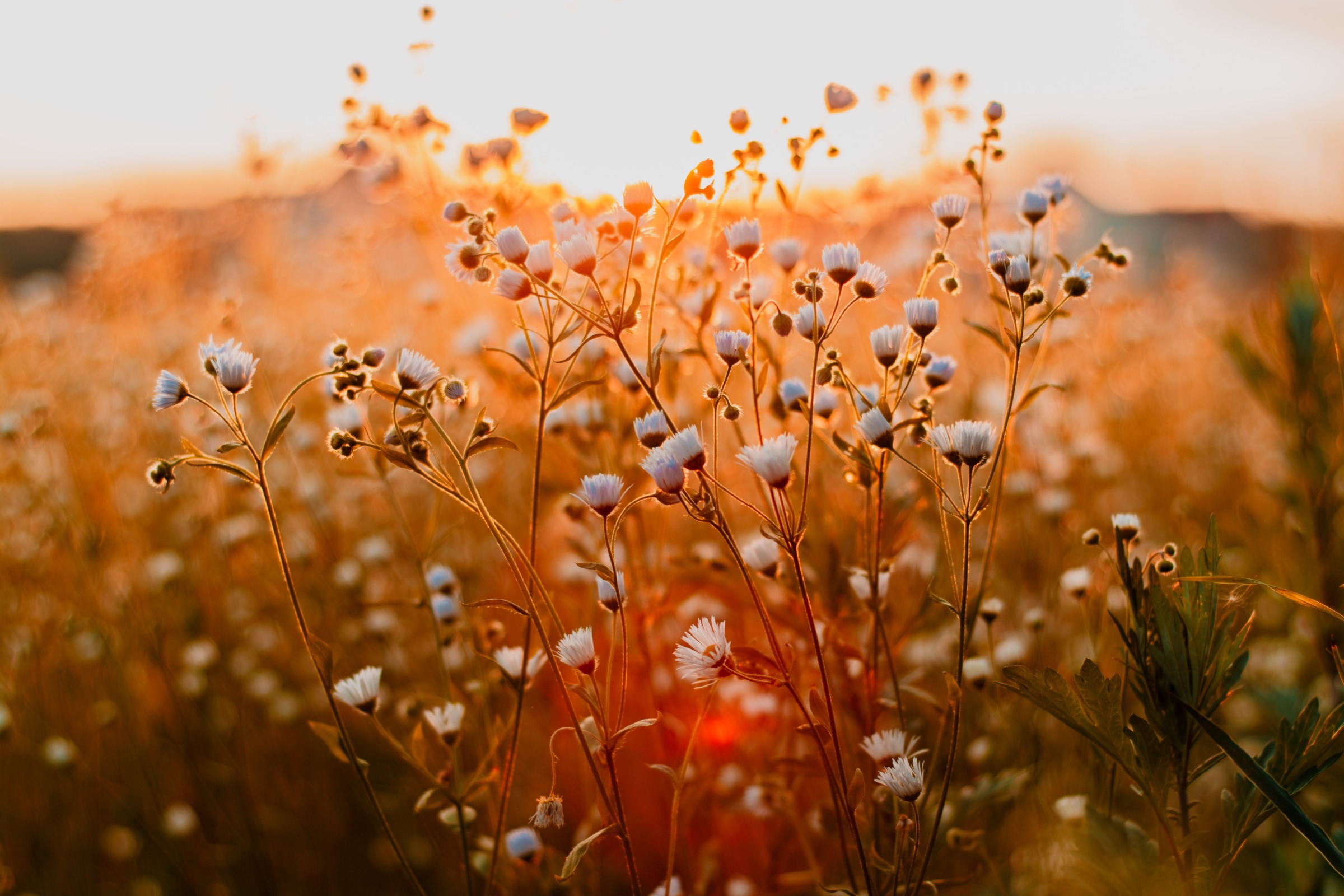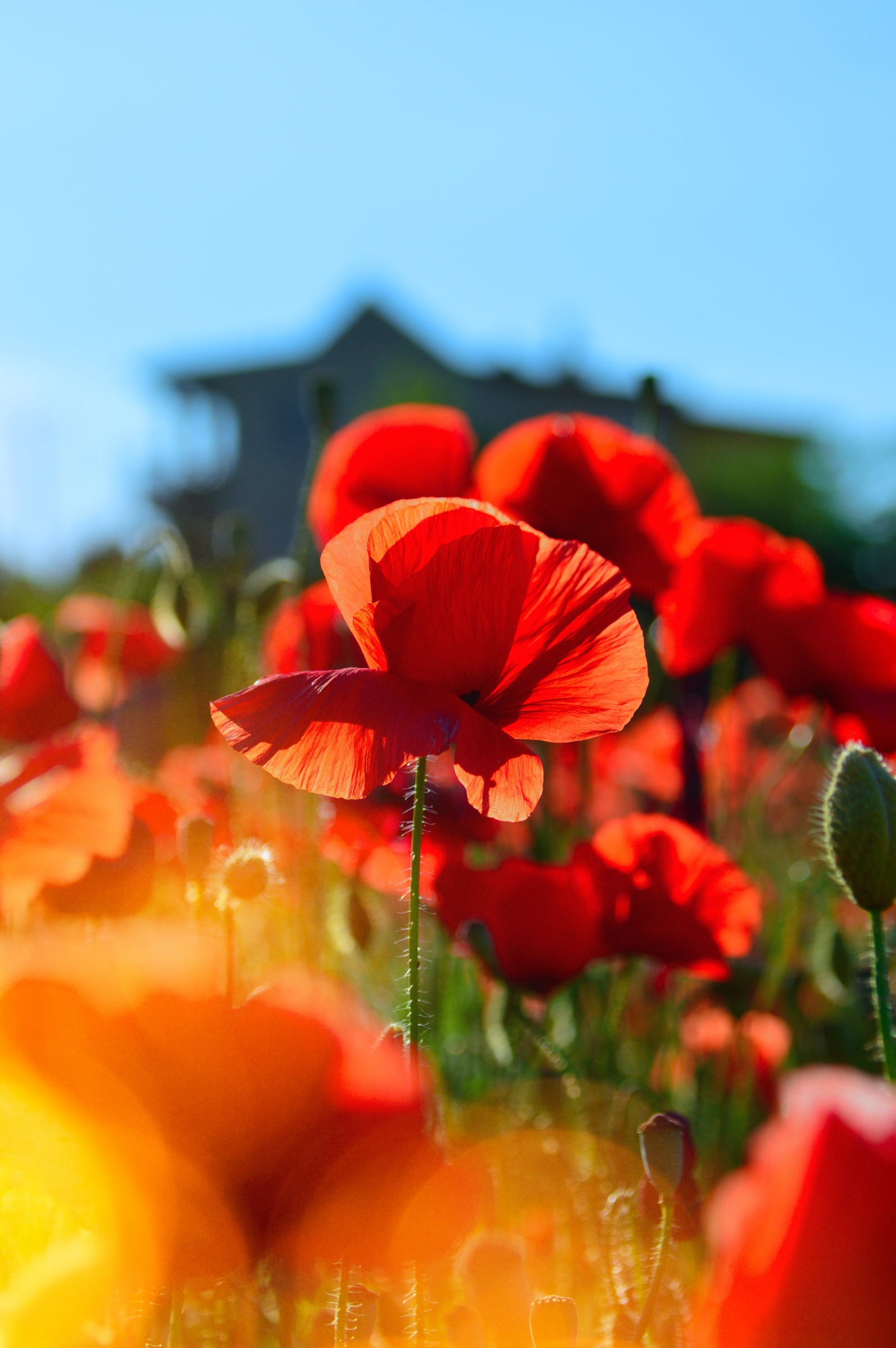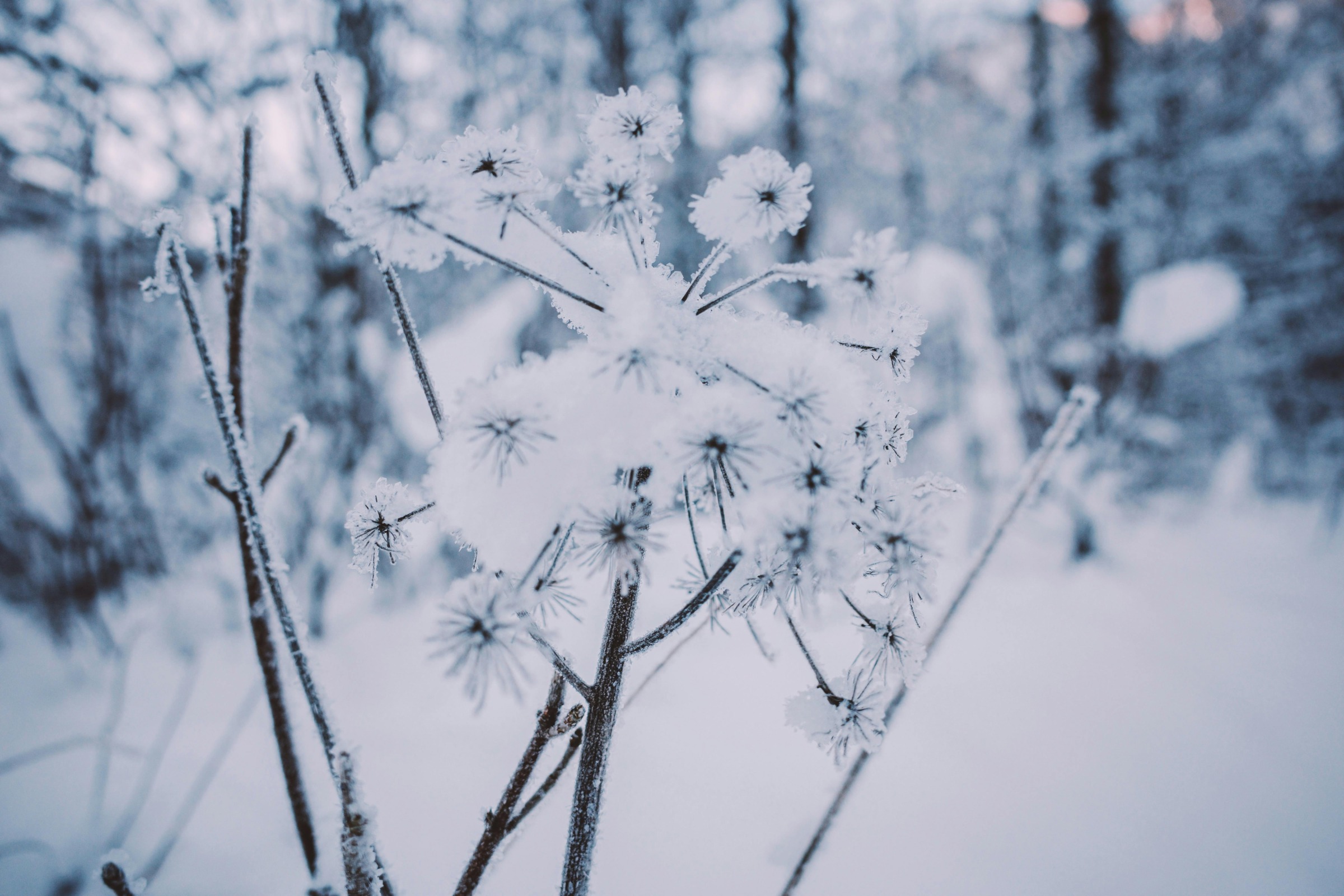Sage is a versatile and popular herb used for both culinary and ornamental purposes With over 900 species, knowing exactly what a sage plant looks like can get confusing. This guide will provide pictures and details on identifying the most common types of edible and ornamental sage herbs
Why Identify Sage Herb Plants
Being able to accurately identify sage plants is important for a few key reasons
-
Culinary vs Ornamental – Not all sages are suitable for cooking. Some contain toxic components and are strictly ornamental. Identifying edible culinary sages ensures you use the right ones.
-
Medicinal Properties – Many sage varieties have beneficial medicinal properties when consumed, like treating coughs, colds and indigestion. Knowing which sages have these properties allows you to use them.
-
Attracting Pollinators – Ornamental sages produce vibrant flowers that attract bees butterflies and hummingbirds. Identifying these ornamental sages helps maximize pollinators.
-
Avoiding Toxicity – A small number of ornamental sages contain thujone and other chemicals that can be toxic if consumed. Identifying them prevents accidental ingestion.
Edible Culinary Sage Herb Plants
Culinary sage varieties are the most popular for adding flavor to dishes and contain beneficial medicinal properties. Here are some of the most common edible culinary sage herb plants:
Common Garden Sage
The most popular culinary sage. Gray-green leaves with a woodsy, peppery flavor used in stuffing, meats and sauces. Pink/purple flowers bloom in early summer. Grows up to 2 ft tall.
Pineapple Sage
Bright red flowers and leaves with a fruity, pineapple-like scent. Used to flavor drinks, desserts and meat. Attracts hummingbirds. Grows up to 5 ft tall.
Grapefruit Sage
Large, juicy orange-red flowers with a citrusy grapefruit flavor used in desserts and drinks. Grows up to 3 ft tall.
Greek Sage
Purple flowers on a bushy shrub up to 3 ft tall. Leaves used in Mediterranean dishes and teas. Helps treat anxiety.
Clary Sage
Biennial/perennial growing up to 5 ft tall. Large purple/white flowers. Leaves have a nutty flavor used in soups and meats.
White Sage
Silvery green leaves turn white with maturity. Pine-like flavor good for sauces and dressings. Used to treat colds. Grows up to 4 ft.
Mexican Chia Sage
Purple flowers with leaves and seeds used as flour in drinks, smoothies and breads. High in protein, fiber and omega-3s. Grows up to 3 ft.
Ornamental Sage Plants
Ornamental sages are grown for their vibrant flowers and fragrance. They should not be consumed. Here are some popular ornamental sage varieties:
Autumn Sage
Spikes of tubular pink, purple or white flowers from summer to fall. Attracts butterflies and hummingbirds. Grows up to 3 ft tall.
Scarlet Sage
Bright red flowers on spikes up to 2 ft tall. Attracts hummingbirds. Needs full sun.
###Mexican Bush Sage
Dense shrub with deep purple flowers spring through fall. Attracts butterflies. Grows up to 4 ft tall.
Blue Oak Sage
Low growing ground cover with light blue flowers. Grows 12-18 inches tall and spreads 3-4 ft wide.
Woodland Sage
Grayish-green leaves with spikes of purple flowers. Grows up to 2 ft tall. Thrives in shade.
Sonoma Sage
Gray-green aromatic leaves and pale purple flowers. Grows up to 5 ft tall.
Tips for Identifying Sage Plants
Here are some useful tips for identifying and distinguishing between the many different sage plant varieties:
-
Look at the flowers – culinary sages tend to have blue, purple or pink flowers, while ornamentals have bright red, orange or yellow.
-
Crush the leaves and smell – culinary sages are more pungent and smell peppery, while ornamentals have pleasant fruity aromas.
-
Examine the leaves – ornamental leaves are vibrant green while culinary leaves appear more grayish.
-
Note the size – ornamental sages grow much larger, up to 5 feet tall, compared to 1-2 feet for culinary.
-
Consider the climate – culinary sages thrive in cooler climates while most ornamentals need warmer conditions.
-
Research uses – verify if a sage is used for cooking or is strictly ornamental.
Identifying whether a sage plant is a culinary or ornamental variety is important to ensure you use it correctly. This guide provides pictures and details on the most common types of edible and ornamental sage herbs to help you distinguish between them. Some useful identification tips include examining the flowers, smelling the leaves, noting size differences and researching intended uses.
:max_bytes(150000):strip_icc()/growing-sage-1402599-14-334d60b49b394bb98599b70e429ffdf8.jpg)
Featured Articles by Season




Ask Your Gardening Question
If you’re unable to find the information you need, please submit your gardening question here:
Sage Leaf Benefits, Two Lesser-Known Herbal Uses
FAQ
What is sage herb good for?
Sage has a long history of use as a spice and for health purposes. It was used as a traditional herbal remedy in ancient Greece and Rome, as well as in Native American and Chinese medicine. Today, sage is promoted for sore mouth or throat, memory loss, diabetes, high cholesterol levels, and other conditions.
What should you not plant next to sage?
SAGE: Use as a companion plant with broccoli, cauliflower, rosemary, cabbage, and carrots to deter cabbage moths, beetles, black flea beetles and carrot flies. Do not plant near cucumbers, onions or rue. Sage repels cabbage moths and black flea beetles.
What does a fresh sage plant look like?
The oval leaves are rough or wrinkled and usually downy; the colour ranges from gray-green to whitish green, and some varieties are variegated. The flowers are borne in spikes and feature tubular two-lipped corollas that are attractive to a variety of pollinators, including bees, butterflies, and hummingbirds.
What plants are mistaken for sage?
Russian Sage, Veronica, Lavender, and Salvia can appear to be very similar at first glance, but there are so many nuanced differences that will make one better for your space compared to the others.
Is Sage a good garden herb?
It is an excellent garden herb since it can withstand different weather conditions. The hardy sage plant has some close similarities to lavender plants. Annual sage plants can be used in culinary and medicinal industries. These herbs thrive in full sun and well-draining soil.
Where do sage plants come from?
Sage plants are a diverse group of herbs and shrubs in the mint family Lamiaceae, with over 900 species. They are native to many parts of the world, but most come from the Mediterranean region and Central and South America . Sage plants are known for their fragrant leaves, which can be used in cooking, medicinal purposes, and as ornamentals.
What flowers do sage plants have?
Cultivars offer a number of options with purple, yellow, and variegated leaves, as well as white, pink, or lavender-blue blossoms. S. officinalis ‘Aurea’ is a golden sage with green and yellow leaves, lavender-blue flowers. This variety grows to a mature height and width of 12 to 18 inches.
What is a sage plant used for?
Sage plants are known for their fragrant leaves, which can be used in cooking, medicinal purposes, and as ornamentals. The most common type of sage is common sage (Salvia officinalis), which is used in seasoning stuffings, poultry dishes, and sausages.
How many sage plant stock photos are there?
Browse 10,291 authentic sage plant stock photos, high-res images, and pictures, or explore additional clary sage plant or sage plant pot stock images to find the right photo at the right size and resolution for your project. Beautiful purple Blue Salvia flowers blooming in the daytime against a field background. Fresh Sage On White Background.
Is South African sage a perennial?
South African Sage Plant It is a drought-tolerant perennial herb with lance-shaped leaves and can grow up to 3ft tall. The herb bloom spikes of lavender flowers in the late summer. Fresh leaves from South African sage plants make a soothing infusion for tea or seafood dishes. The oils can be used to heal minor respiratory problems.
